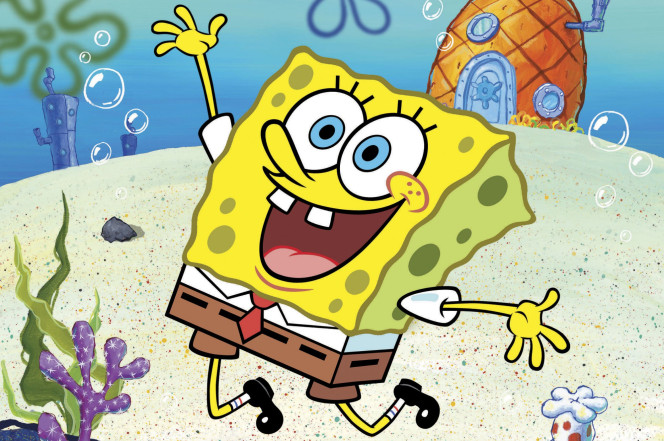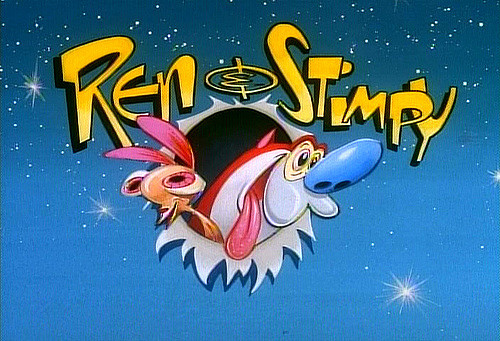
Are you ready for some scalding revelations about your favorite childhood memories in animated form? Great, because today we’ve got some insane facts about your favorite animated TV shows growing up. You won’t be able to see your old shows in the same way again!
Rugrats
Every baby on Rugrats was voiced by a woman, which is kind of crazy to start with. Beyond that, your favorite little nerd, Chuckie, may have seemed a little familiar to you if you were a little older when the show was on the air. If so, that may be because the character was inspired by the show’s musical composer, Mark Mothersbaugh, better known as the somewhat crazy-seeming lead singer of Devo, one of the top five most bizarre 80s bands ever.
However you felt about Chuckie, though, don’t be too hard on him. He lost his mother—sometime during the series. When Rugrats first started there were references to his mom, who was alive. By the time the Rugrats went to Paris, though, she was definitely dead. Poor Chuckie.
Animaniacs
The Animaniacs went searching for prints at the scene of a crime, but one character gets confused and starts searching for Prince, the musical legend. Once the normally reclusive Prince is actually found, the other Animaniacs correct her, telling her, “finger prints”. . .which she also misunderstands in what you now understand as an adult to be a horrible way. You’re welcome.
Doug
The neighbors on this show are named after the phrase, “Dual Income, No Kids,” or D.I.N.K.S. The Beets are clearly an homage to the Beatles, and Doug’s Vice Principal at school is modeled after Don Knotts, introducing yet another generation to the man who created Barney Fife, Mr. Furley, and the Shakiest Gun in the West.
Furthermore, we already know that Doug is a major writer, and the show’s creators made sure to name his sister to highlight that. Judy was named for a Virginia Woolf poem from the book A Room of One’s Own. Woolf said that if Shakespeare had a sister, her name would have been Judith; this means that Doug is Shakespeare.
One more awesome Doug fact: the voice of Patti Mayonnaise, Constance Shuman, you now know and love again as Yoga Jones on Orange is the New Black.
SpongeBob Squarepants
The creator of SpongeBob, Stephen Hillenburg, based his idea for the show off a comic book he made while he was in college: “The Intertidal Zone.” Hillenburg was a former marine biologist, and he brought an aquarium to the meeting where he pitched the show to Nickelodeon.
The Spongebob characters have full names: Mr. Krabs is Eugene Krabs, and Plankton is actually Sheldon Plankton. SpongeBob was first going to be named “SpongeBoy,” but bizarrely that name was already trademarked. In Germany, he’s “SpongeBob SpongeHead.” In Korea, he’s called “Square Square Sponge” or “Square Square Sponge Song.”

Identity crisis
Some of our favorite voice actors from these shows were quite prolific. Christine Cavanaugh voiced Chuckie from Rugrats, Dexter from Dexter’s Lab, and Mona from Salute Your Shorts and Aaahh!!!! Real Monsters.
Tom Kenny voiced Heffer in Rocko’s Modern Life, SpongeBob, the narrator in The Powerpuff Girls, Dog in CatDog, and also appeared in Mr. Show, the TV version of Dumb and Dumber, and Brickleberry.
Rocko’s Modern Life
Rocko worked as an underwear model and as naughty hotline phone operator when he wasn’t hanging out at the “Chokey Chicken.” His hobbies included, “jack hammering,” and spending time with his dog, “Spunky.”
Ren and Stimpy
No discussion of awesome childhood memories which are now slightly odd would be complete without The Ren and Stimpy Show! Obviously, Ren and Stimpy were a couple, living and sleeping together. That, however, is just the tip of the iceberg. Hollywood, Yugoslavia (where Ren and Stimpy lived) was obviously a much different place than Hollywood, California.

Tiny Tunes: The Banned Episode
In a valiant effort to convince us all that drinking and driving was so bad that it will kill you, the creatives behind Tiny Tunes made an episode in which the Tunes drank beer, stole a cop car, and drove off a cliff—no, really. Making the wise decision that the intended message was likely to get lost in the, err, details, the episode was banned.
Conclusion
Well, this has been our trek into insane facts about your favorite animated TV shows growing up. Who knew that so many animators were working out so much hostility through their art? We hope you’re okay in the morning.